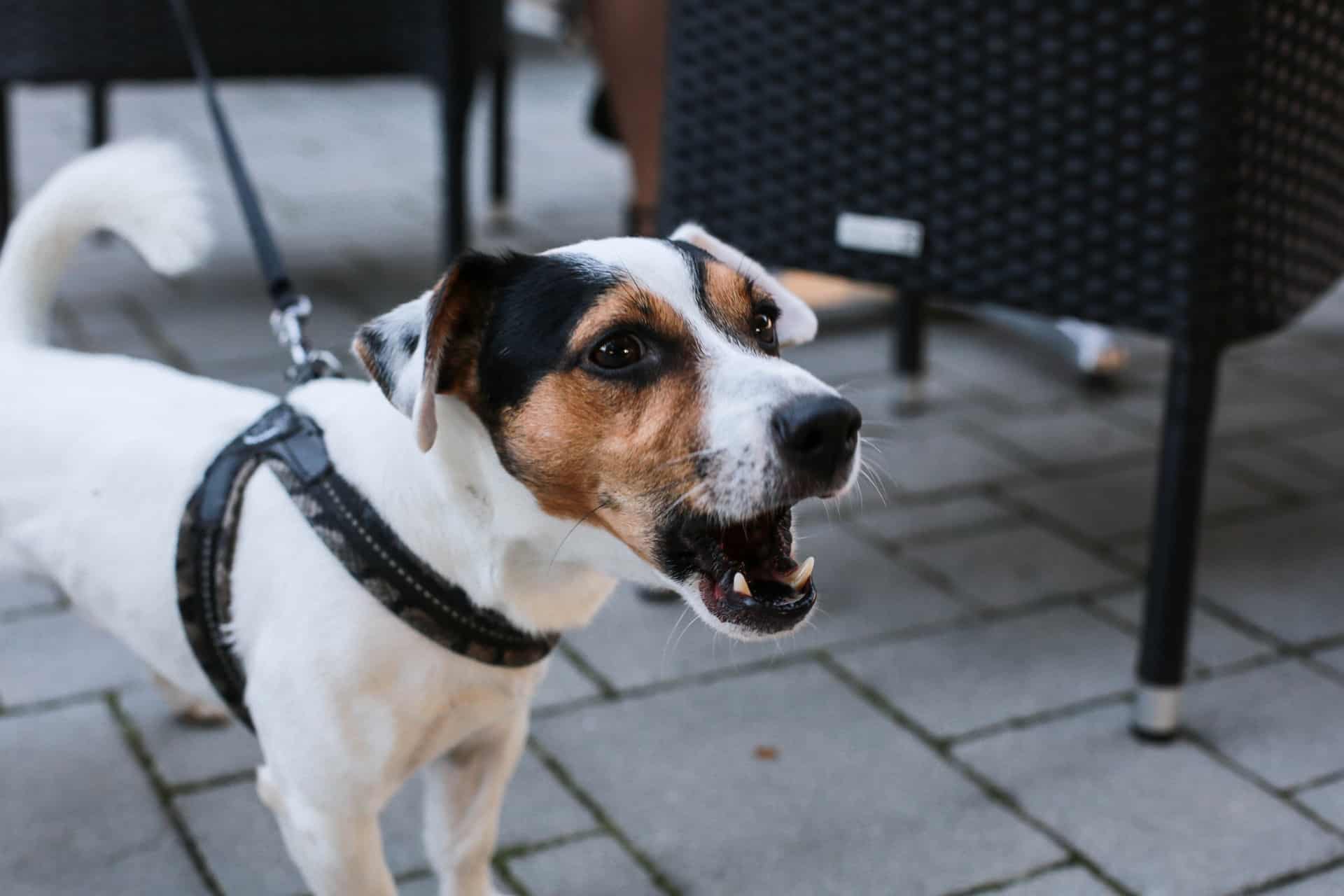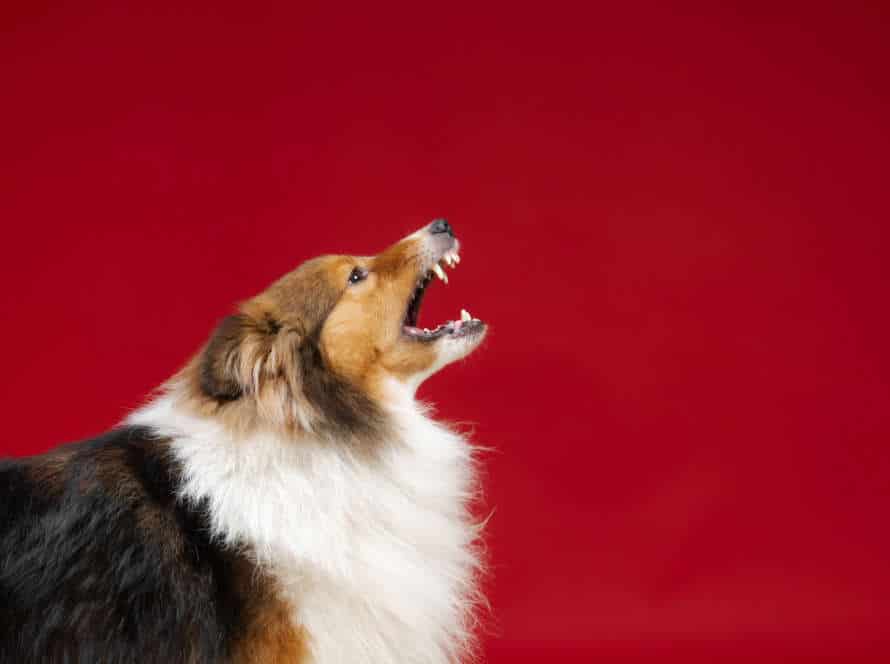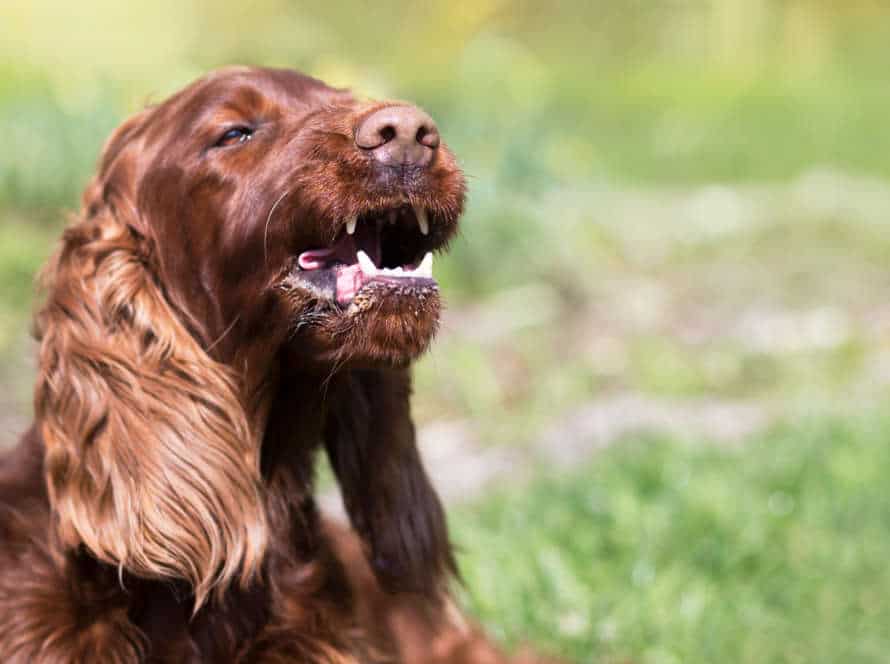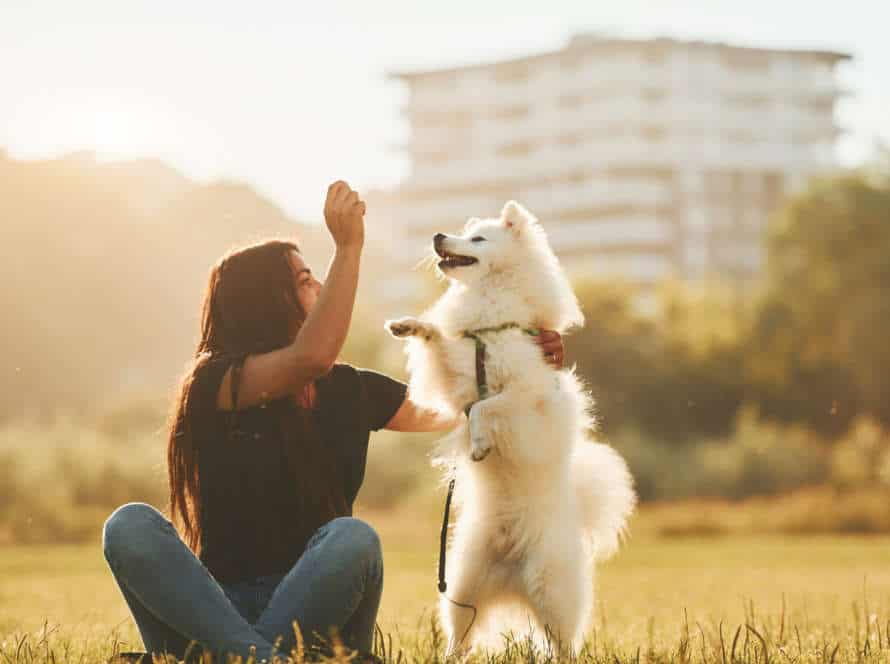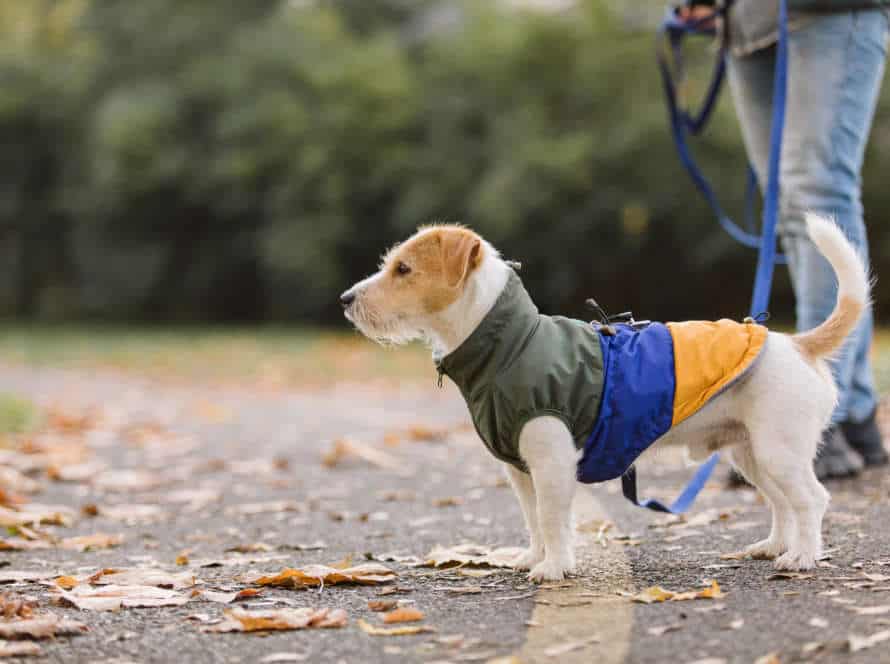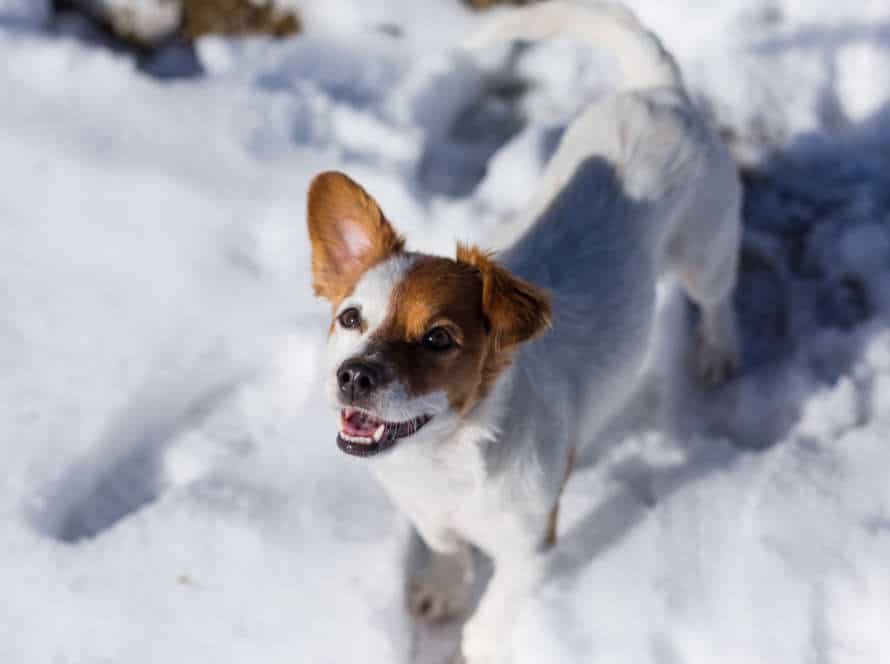Leash Reactivity: Managing Aggression on Walks
Leash reactivity is a common problem for dog owners. Controlling aggression during walks can be tough. Here are some tips to help manage leash reactivity and stop aggression:
- Identify why the dog is reactive. It might be fear, frustration, anxiety or territorial behavior.
- Train with positive reinforcement. This teaches the dog positive experiences when on a leash and when they meet other dogs or people.
- Use a well-fitted harness. Not a collar. It stops pulling and prevents choking.
- Keep control by staying away from triggers that cause aggressive behavior. Like other dogs or people.
- Desensitize the dog. Start from far away and gradually bring them closer to triggers.
- Be consistent. Have patience and keep training. Long-term results come from consistency.
- Pro tip: Seek professional help if there is no improvement with training. To tackle the root of the behavior.
Understanding Leash Reactivity
Leash reactivity is a hassle for many dog owners. It happens when a pooch reacts aggressively to other dogs, people, or animals while on a leash. To manage it, you must first understand why it happens. This article will tell you the causes and strategies to treat leash reactivity. You’ll also learn the best ways to control your pup’s leash aggression.
What is Leash Reactivity?
Leash reactivity is when a dog gets aggressive or reactive when on a leash. It can be hard for owners. Causes and management are important to understand. Here are tips for managing it:
- Avoid situations that trigger your dog’s reactivity.
- Stay away from other dogs and people when walking.
- Teach your dog to pay attention to you. Train them with basic commands.
- Get help from professionals like a trainer or behaviorist.
It takes patience, consistency, and positive reinforcement to manage leash reactivity. With the right approach, your pup can overcome it and have enjoyable walks!
Understanding aggressive behavior in dogs
Aggressive behavior in dogs is complex. Leash reactivity is one type. Signs include growling, barking, lunging, and biting. To manage, use positive reinforcement like treats and praise. Plus use a well-fitting harness and a longer leash. Understand that leash reactivity is treatable. With training and management, dogs can learn to overcome their aggression and enjoy walks.
Common triggers for leash reactivity
Leash Reactivity is a common issue for pet owners. It causes dogs to become aggressive or overly excited while walking. Identifying triggers of leash reactivity is essential to manage your dog’s behavior and avoid conflict.
Common triggers include:
- Other leashed/off-leash dogs
- Loud noises like car horns or fireworks
- Sudden movements like joggers, bikers, or skateboarders
- Busy streets or crowded areas
- Physical discomfort such as an injury or uncomfortable equipment
To overcome leash reactivity, it’s important to recognize your dog’s triggers and create a training plan. With patience and time, you can help your dog become less reactive and more comfortable on walks. This will make walks less stressful for both of you!
Remember, a well-trained dog is a happy and healthy companion.
Training Techniques for Leash Reactivity
Training techniques are vitally important for managing leash reactivity or aggression whilst on walks. We must show dogs how to respond suitably to triggers such as other dogs, people or objects.
Let’s examine some key training techniques for leash reactivity:
Desensitization and Counter-Conditioning
Desensitization and counter-conditioning are two useful techniques for handling leash reactivity and aggression during walks.
Desensitization involves exposing your pup to the trigger that causes aggression, but from a distance that won’t cause a reaction. Gradually decrease the distance until your dog has a calm and accepting response to the trigger.
Counter-conditioning couples the trigger with something positive, such as treats or toys, to create a pleasant association in your pup’s mind. It changes their emotional response to the trigger from negative to positive.
These methods need patience, regularity, and advice from a professional dog trainer or behaviorist. With dedication and practice, your pup can learn to walk peacefully on a leash and conquer their leash reactivity.
Reward-Based Training
Reward-based training can help manage leash reactivity and aggression. Here are some techniques:
- Treats & Praise your pup when they’re good on a walk. This conditions them to link good behavior with rewards.
- Clicker Training: Click & treat when your pup displays good behavior, like walking calmly or ignoring distractions.
- Desensitization: Gradually introduce triggers (e.g. dogs/people) while rewarding your pup for staying calm.
- Counter-conditioning: Link triggers with positive experiences (like treats or playtime).
With patience and consistent practice, reward-based training can work!
Pro Tip: Ask a pro for a tailored training plan that fits your pup’s needs.
Calming Signals and Techniques
Calming signals are body language cues dogs use to show stress, anxiety, or discomfort. Knowing these signals and using calming techniques can aid in managing leash reactivity and aggression on walks.
Look out for these calming signals:
- Yawning: Anxiety or stress can cause a dog to yawn.
- Lip licking: Flicking their tongue or licking their lips is a common stress signal.
- Turning away: If a dog turns away from something, they may be feeling uneasy or anxious.
These techniques can help calm a reactive dog on a leash:
- Distract with treats: Give treats to draw the dog’s focus away from stressful things.
- Positive reinforcement training: Teaching commands and behaviors can build confidence.
- Try calming aids: Pressure vests or pheromone sprays can help dogs relax in stressful situations.
Tools for Managing Leash Reactivity
Leash reactivity? Not fun. But don’t worry! Pet owners have options. There are tools to help you manage your pet’s leash reactivity. This article will take a look at them.
Tools and techniques to assist in managing leash reactivity exist. Let’s learn about them.
Head Halters
Head halters are a great way to manage leash reactivity in dogs. Traditional collars or harnesses won’t give you the same control. Here’s why head halters are good:
- Pulling and lunging are harder because the halter gives you control of their head.
- Pressure is spread around the head and neck, reducing the risk of injury.
- Your pooch will focus on you and your commands.
- They’re safe and humane.
A tip: Introduce your pup to the halter slowly and positively, using treats and praise.
No-pull Harnesses
No-pull harnesses can help manage leash reactivity in dogs. Pressure is spread evenly across the torso, which discourages pulling.
Three types are available: front-clip, back-clip, and head harnesses. Positive reinforcement is key to teach your dog how to walk politely. Also, make sure the harness fits properly to avoid any discomfort.
Leashes and Collars
Leashes and collars are must-haves for managing leash reactivity in dogs and avoiding aggression on walks.
The following are some types of leashes and collars:
- Standard Leash: Usually made of nylon or leather, this is the most common leash. It provides control and works for most pups.
- Retractable Leash: This one has a longer lead which can be stretched and retracted. Though it’s convenient, it doesn’t give you enough control and may increase leash reactivity.
- Martingale Collar: It provides gentle yet effective control when your pup pulls. Its limited slip design stops it from tightening too much and hurting your dog.
- Head Collar: It fits over your pooch’s nose and provides control by redirecting their head when they pull.
Don’t forget: every dog is unique. You might have to try different leashes and collars before finding the right combo for your fur baby.
Additional Tips for Managing Leash Reactivity
Managing pup leash reactivity can be tricky. It’s a challenge, but there are tips to reduce the bad behavior. Here’s additional advice. With correct training, these tips may help control your pup’s aggression on walks.
Avoiding the Trigger
Controlling leash reactivity can be hard. But, with the correct training and tips, you can dodge triggers and lessen aggression on your walks. Here are some tips:
- Don’t walk your pup during busy hours or in areas with lots of other doggos and people.
- Give your pup physical and mental exercise to reduce energy which may lead to aggression.
- Use a front-clip harness or head halter to gain control and stop your pup from yanking the leash.
- Work with a professional dog trainer to make a plan based on your pup’s needs.
With determination, consistency, and the proper tools, you can help your pup overcome leash reactivity and have tranquil walks!
Pro Tip: Never punish your pup for reacting on the leash. This will worsen the behavior and ruin your bond with your pup.
Early Intervention and Management
Managing leash reactivity in dogs needs early intervention and management. Here are some extra tips to stop aggressive behavior when out on walks:
- Be ready: Observe your dog’s body language and take them out of any potentially stressful situations before they show aggression.
- Draw attention: Bring along treats, toys or other distractions to keep your dog focused when other dogs or people are around.
- Use rewards: Give your dog treats and verbal praise when they stay calm on walks.
- Teach commands: Train your dog basic obedience commands like “sit”, “stay” and “heel”. This will help them focus and act better in difficult situations.
- Consult a pro: A professional dog trainer can identify the cause of your dog’s reactivity and teach you ways to manage it.
By taking preventive steps and encouraging good behavior, you can teach your dog to be less reactive on walks and lead a healthier, happier life.
Maintaining Consistency in Training and Behavior
Consistency is key to managing leash reactivity in dogs. Here are tips to help:
- Stick to a routine for feeding, exercise and training.
- Use positive reinforcement – treats and verbal praise.
- Practice desensitization – gradually introduce new stimuli.
- Consider professional training for tailored strategies.
- Remain patient, consistent and understanding. With time, you can improve reactivity on walks.
Seeking Professional Help for Leash Reactivity
If your pup has leash reactivity, seeking help from a professional is your ideal bet. A trainer can help you discover what’s causing your dog to react and learn strategies to manage it when walking. A certified expert typically has the skill and know-how to assist you and your dog in better grasping each other and calming your pup’s reactivity.
Let’s look into the different ways to find aid with leash reactivity.
Finding a certified animal behaviorist
Leash reactivity can be tricky. To properly manage aggression while walking your dog, you may need help from a certified animal behaviorist. Here are tips to find one:
- Look for a professional certified by organizations such as the Animal Behavior Society or the International Association of Animal Behavior Consultants.
- Ask your vet for referrals to qualified animal behaviorists who specialize in leash reactivity and aggression management.
- Research each behaviorist’s credentials, experience, and approach. See if they would be a good fit for you and your pet.
- Have a consultation with the behaviorist. Assess their ability to help you and your pup with leash reactivity and aggression issues.
Working with a certified animal behaviorist can help you and your dog have calmer, more enjoyable walks.
Potential medications for leash reactivity
Leash reactivity in dogs is a common problem that can lead to aggression. Seeking professional help is best. But medications can help too.
Fluoxetine is an anti-depressant that can reduce aggressive behavior. Clonidine is a sedative that can reduce anxiety and fear-related behaviors. Gabapentin treats pain and seizures and has mild sedative effects.
Remember, medications should only be used with a vet’s guidance. Plus, use behavioral modification training to manage leash reactivity.
Working with your veterinarian to address underlying health issues
Leash reactivity can be a sign of a health problem your pup has. Working with a vet can help you find and resolve what could be causing it. Here are some tips to get the most out of it:
- Give exact details of your pup’s behavior when on a leash. Triggers, reactions – all of it.
- Ask for a full physical and medical check-up to find out if something is causing the behavior.
- Work with the vet to make a plan to fix it. Medication, behavior modification – whatever works!
- Keep in touch with the vet to check if the plan is working and adjust it if needed.
With care and patience, you can help your pup get over leash reactivity and have fun walks!
Frequently Asked Questions
Q: What is leash reactivity in dogs?
A: Leash reactivity is a behavior where dogs become overly aggressive or agitated towards other dogs, animals, or people when on walks while attached to a leash.
Q: What causes leash reactivity in dogs?
A: The causes of leash reactivity can vary but can include fear, previous negative experiences with other dogs, anxiety, lack of socialization, and territorial behavior.
Q: How can leash reactivity be managed?
A: Leash reactivity can be managed through training and behavior modification techniques such as desensitization and counter-conditioning, appropriate use of a leash and collar, and avoidance of trigger situations.
Q: Can leash reactivity be cured completely?
A: While it may not be completely cured, leash reactivity can be managed to a point where the behavior is significantly improved, and the dog can better handle social situations while on walks.
Q: Should I punish my dog for leash reactivity?
A: No, punishment is not an effective solution for leash reactivity and can make the behavior worse. Instead, seek the help of a professional dog trainer or behaviorist to properly address the issue.
Q: Are certain breeds more prone to leash reactivity?
A: There is no specific breed that is prone to leash reactivity, but it may depend on the individual dog’s temperament and past experiences.

